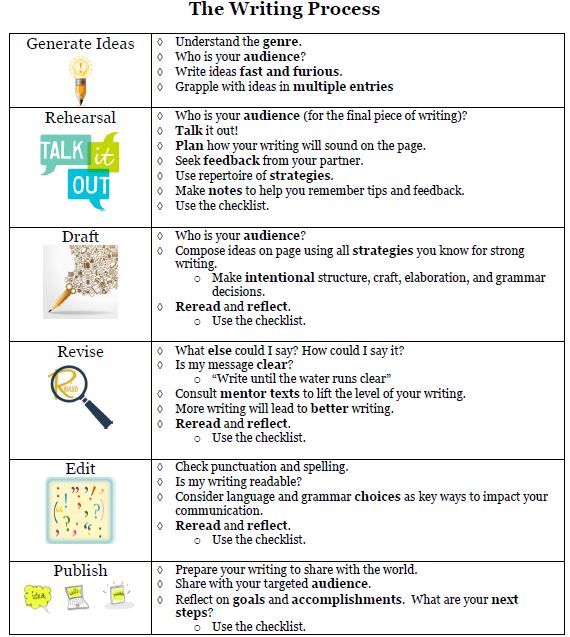This summer I was excited that a group of friends and I resurrected our book club. While our book club doesn’t completely mirror the book clubs in my classroom, it reminds me how important it is to emphasize that literacy is social and that there are some authentic book club norms and social behaviors that students can practice that will help them outside of school. Below are only some of the considerations that I kept in mind while planning for and supporting book clubs in the classroom.
Preparing for Book Clubs
| ||
Determine Books to Support Unit of Study
|
| |
Offering Choice
|
| |
Prereading Considerations
|
| |
Ownership of Clubs and Logistics
| ||
Setting expectations / norms
|
 | |
Managing the reading
|
| |
Coaching into Clubs
|
 | |
When clubs meet
|
| |

